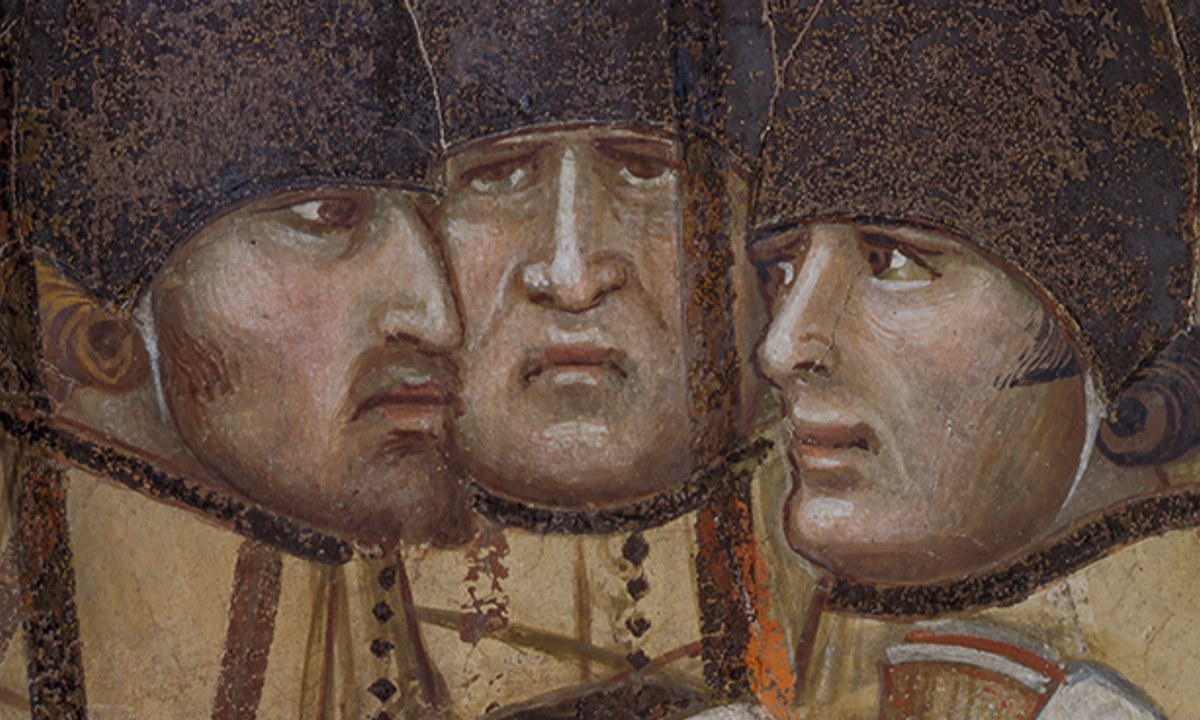
"Siena has recently enjoyed a renaissance in the public estimation. This year, the blockbuster exhibition Siena: The Rise of Painting 1300-1350 (at New York's Metropolitan Museum of Art and London's National Gallery) celebrated the enigmatic masters who flourished in Siena in the years leading up to the Black Death of 1348. Before that, the Libyan novelist Hisham Matar brought the city's art to new audiences in A Month in Siena (2019), which occupies a magical space between art, history and personal memoir."
"While Matar's book was a meditation on what it means to look at art, Jules Lubbock, a professor emeritus in the school of philosophy and art history at the University of Essex, has now pulled off a similarly satisfying feat: he has recreated the intricate, layered process by which a pre-modern masterpiece was formed. "We need to look ... more and to read a little less," he argues."
"In Siena's heyday as a republican city-state, its artists produced the ultimate refinement of Gothic painting, never quite abandoning the conventions of their age but reworking them in their own sensibility. Tides of pulsating, embossed gold still washed over Madonnas enthroned in heaven but, in the hands of these highly individualistic painters, those Madonnas' faces could begin to hint at the terrifying burden of divinity; the knowledge that comes with uncertainty; or the alienating pain of motherhood."
Siena has experienced renewed public appreciation, marked by the blockbuster exhibition Siena: The Rise of Painting 1300-1350 and Hisham Matar's A Month in Siena. The exhibition and book spotlight the Sienna School's distinct position between Byzantine and Renaissance traditions. Jules Lubbock reconstructs the layered process behind pre-modern masterpieces, focusing on Ambrogio Lorenzetti's Good and Bad Government fresco. Sienese painters refined Gothic painting, adapting conventions with individual sensitivity. Embossed gold and traditional iconography coexist with faces that suggest divine burden, uncertain knowledge, and maternal pain. Sceptical and secular tendencies led Sienese artists to subvert expectations and gently mock miracles.
Read at The Art Newspaper - International art news and events
Unable to calculate read time
Collection
[
|
...
]